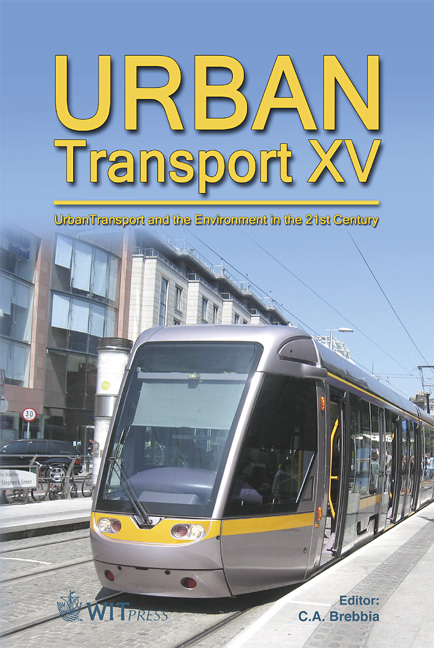Driver Behaviour Models For A Driving Simulator-based Intelligent Speed Adaptation System
Price
Free (open access)
Transaction
Volume
107
Pages
14
Page Range
185 - 198
Published
2009
Size
468 kb
Paper DOI
10.2495/UT090181
Copyright
WIT Press
Author(s)
S. A. Arhin & A. Eskandarian
Abstract
Intelligent Speed Adaptation systems (ISAs) have been evaluated in both simulator and field operation experiments largely in Europe, and most recently in the United States, for their efficacy in mitigating excessive speeding. In most of the simulator experiments, varying roadway scenarios have been used to mimic real-life driving conditions. In these experiments, with the introduction of ISAs in virtual driving scenarios, the deviation from reality may even be compounded. In this paper, regression models for three types of ISAs, namely, Warning, Mandatory and the Advanced Vehicle Speed Adaptation System (AVSAS), which predict driving behaviour on approach to a stop-controlled intersection and a curve, are presented. On approach to the stop-sign, the stopping distance was predicted with the maximum deceleration rate, approach speed and deceleration time as the regressors. On curve approaches, the approach speed of the drivers was predicted based on the maximum deceleration rate and deceleration time. The regression models had associated R2 values ranging from 66% to 93%. These models could be used to enhance or refine the realism of the roadway designs for simulator-based ISA experiments. In addition, these models, when further validated in field operational tests, can be incorporated in the development of future ISA algorithms as predictors of driver behaviour. Keywords: intelligent speed adaptation systems, deceleration, braking.
Keywords
intelligent speed adaptation systems, deceleration, braking





